When a transformer has the secondary open and it's driven by an AC source, the only current that the primary draws is the current needed to produce the flux to magnetize the core (like ferrite) of the transformer.
Then we put a load on the secondary, that is, a resistor across the secondary coil. Now the primary draws more current: Let's say this is a step-up transformer, so we know that the voltage across the secondary coil is some multiple of the voltage across the primary coil. To get the current on the secondary, we divide the stepped-up voltage by the resistance of the resistor. To preserve energy, the primary must now draw more current to make the power (product of voltage and current) the same on both sides.
But what is the actual physical mechanism (for the lack of a better word) why this extra current must be drawn by the primary? I mean, the nature doesn't know that we have a law of energy conservation, or that the product of voltage and current must be the same on both sides.
I suppose this has something to with fluxes. The magnetizing current sets the flux that puts the stepped up voltage across the secondary coil. This voltage causes current to flow on the secondary. This current oscillates and passes through the secondary coil, therefore producing magnetic flux. Now the core has flux from the magnetizing current and from the bigger current now flowing in the secondary. So apparently now the primary "wants to" combat this flux from the secondary with a flux of it's own, therefore "pushing" more current (more than the initial magnetizing current) through it's own coil (the primary coil of the transformer). I also understand why it makes sense that the current ratio is the same as the coil ratio: If the secondary has more turns, the primary needs more current to produce the same flux as the secondary (secondary has more turns so with smaller current the magnetic fields from all turns add).
I'm also familiar with the equivalent model of the transformer and how the ideal transformer differs from a real one. Looking at the equivalent model has not helped me. So what is the physical reason why more current "has to" flow into the primary when current is drawn from the secondary?

